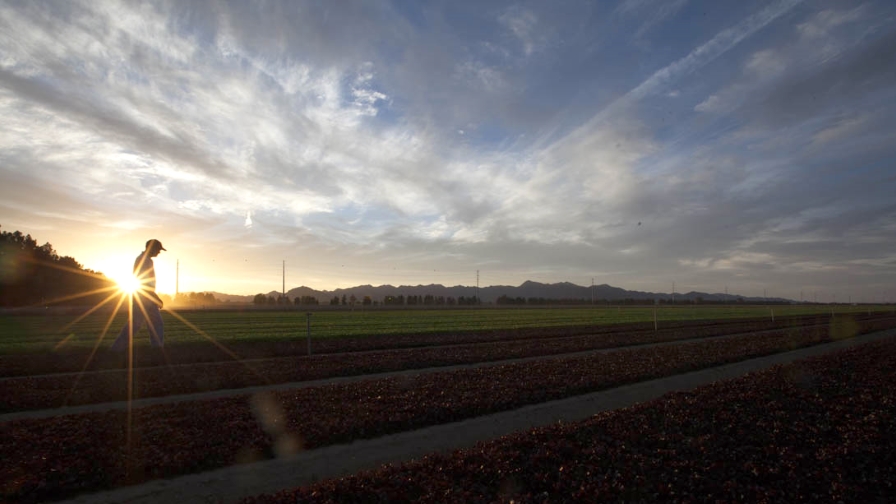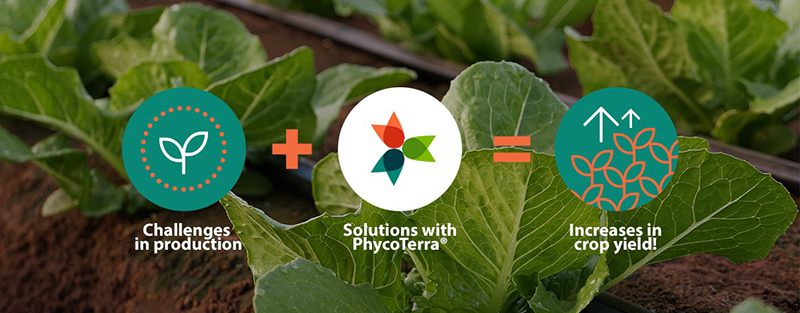Duncan Family Farms’ Organic Methods that Work in Both the Desert and the Northeast

Arnott Duncan walking his fields in Arizona
Like much of the vegetable industry, we at Duncan Family Farms are always looking for ways to reduce our negative impact to the environment.
We’ve embraced many sustainable methods to combat ongoing challenges like controlling weeds and improving soil health, including IPM methods and the use of biological controls.
Those methods serve us well on the West Coast ranches, the base for the majority of our operation. We are now implementing similar practices in our new East Coast locations. The three we’re focusing on most? Weed mitigation, pest management, and soil nutrition.
Weed Mitigation Helps with Pest Management
For our purposes, we define weeds as both volunteers of previously planted product and/or regionally invasive plants. In either form of weed presence, we face the same set of challenges:
- Harboring unwanted insects
- Diversion of nutrition from the intended crop to the weeds
- Reduced yield
- Increased mechanical damage due to hand-weeding efforts
Prevention and the timeliness of those preventative efforts have been key to our success around weed mitigation. Controlling weeds changes the ecosystem. Depending on the crop being produced, there comes a critical inflection point where weed presence and maturity will affect the intended crop’s yield.
We have focused on removing the weeds after the initial flush but before the inflection point is reached. This has reduced labor costs, the need for added nutritional inputs, and impact to the intended crop’s yield. We found that for most vegetable crops, the minimum weed-free period is the first one-third to one-half the crop’s growing cycle.
Weed mitigation does not have a singular positive impact but rather contributes substantially to a more productive ecosystem.
Timely removal of weeds changes (for the better) nutrient levels, insect pressure, operational efficiency, and product consistency. With less need for chemical inputs/heavy equipment to control insect pressure or to improve nutritional availability, we have reduced the number of times a tractor moves through the field, thus reducing compaction of the soil. We also have reduced the chances for foreign materials harvested among the intended product.
Soil Health
Apart from weed mitigation, we also concentrate on the overall health of the soil. Our two major techniques for soil nutrition improvement are cover cropping and composting.
The use of cover crop puts organic matter back into the soil, reduces soil erosion, increases soil aeration, and better incorporates the applied compost. We use summer Sudan grass, planting it thickly to shade out weeds. And we plant it before weeds germinate. Another big benefit is that it always creates a pest-free period in the summer.
Compost is our first and most important line of defense in terms of fending off plant pathogens and prescriptively applying nutrients to the soil. Soil samples help to determine major nutrient deficiencies, and we are able to use a specific mineral blend/compost application to restore nutrient levels.
Beneficial Insects
We have turned to the use of beneficial insects as another method to reduce insect damage.
To create healthy levels of beneficial insects, we have planted beneficiaries to attract them. By introducing beneficial insects to lower or remove populations of damage-causing insects, we are able to reduce our use of chemical applications. Partnering beneficial insects with trap crops like mustard and radish has allowed us to divert insect presence away from commercial crops and to again reduce chemical inputs.
A unique problem we have at our New York State location is having too many beneficials. We have to monitor our crop carefully to ensure we don’t have beneficial contamination.
Overall, biological controls have become and will continue to be a critical component of our operational techniques. They allow for more sustainable, labor-saving, and cost-reducing methods to improve crop quality and consistency.










